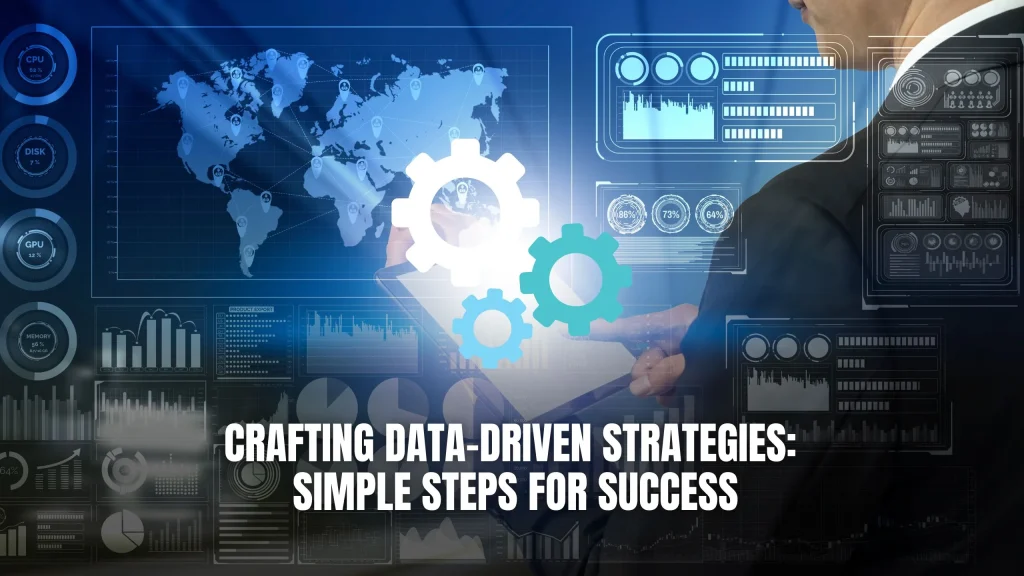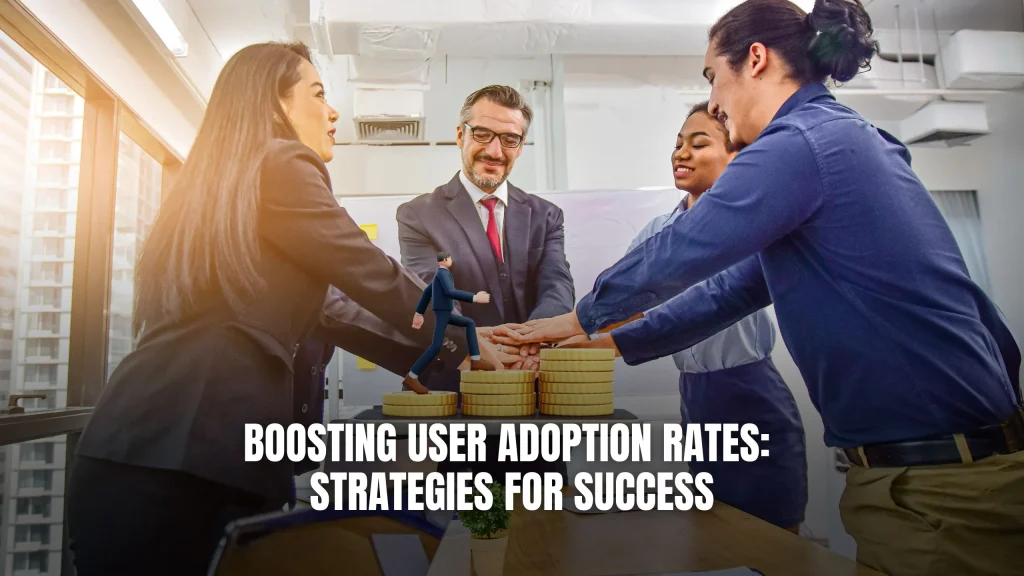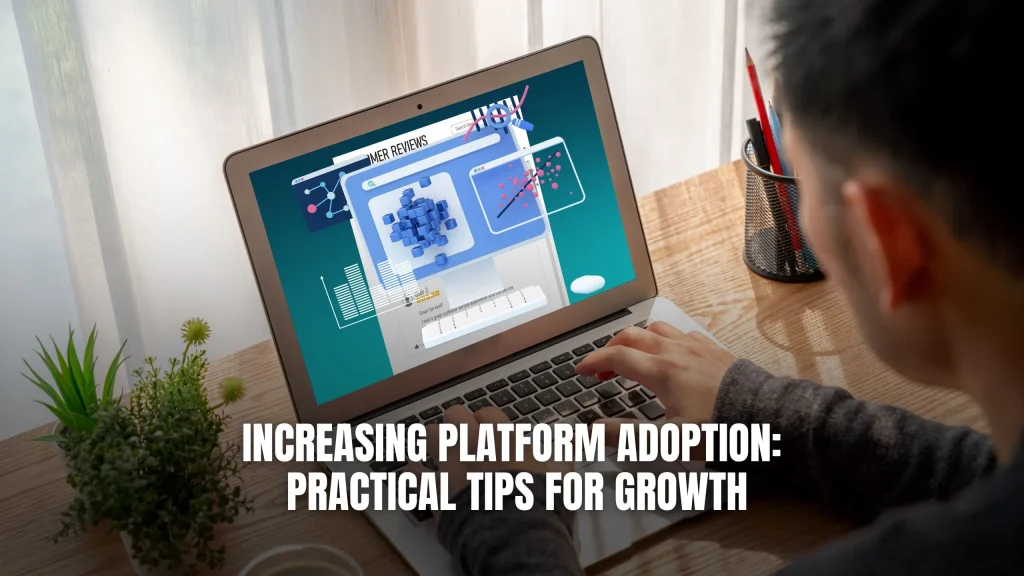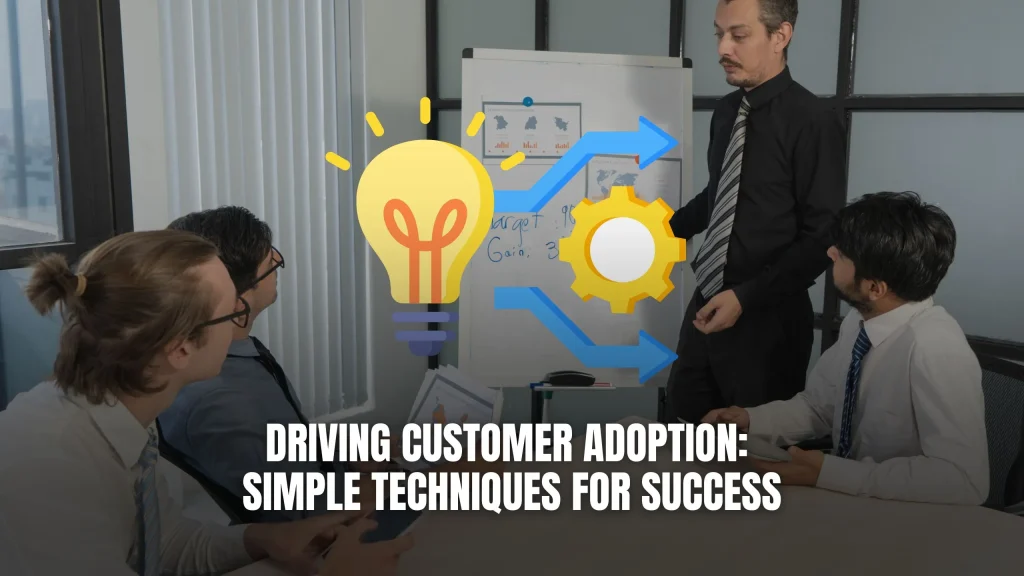Introduction to Agile Project Management Methodologies
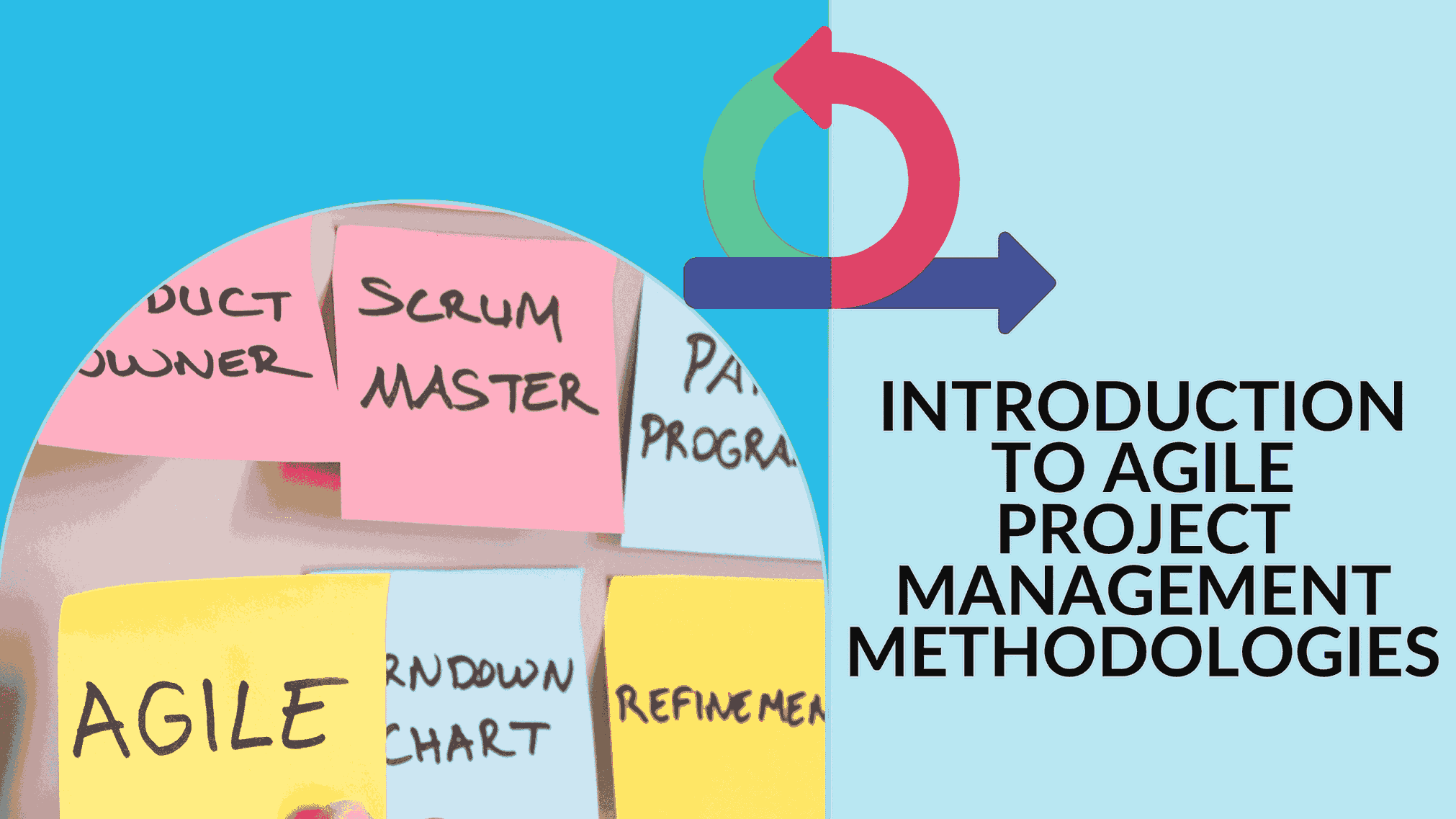
Introduction to Agile Project Management Methodologies
What Is Agile Methodology?
Agile methodology is a project management approach that prioritizes cross-functional collaboration and continuous improvement. It divides projects into smaller phases and guides teams through cycles of planning, execution, and evaluation. In this article, we share everything you need to know about Agile methodologies, Agile project management, Agile methodology frameworks, and how to implement them in your team. We’ll also share our Agile teamwork template to get started with Agile even faster.
In a fast-paced, dynamic business environment, the ability to adapt and deliver value quickly is paramount. Agile project management methodologies have emerged as a powerful solution to meet these demands. In this comprehensive guide, we’ll explore Agile methodologies, their benefits, and how to implement them effectively in various types of projects.
Quick Links to Explore Agile Methodology Related Topics
- Agile Methodology Basics
- Different Types of Agile Methodologies
- Four Pillars of Agile
- Six Stages of the Agile Life Cycle
- Agile Guide (Complete Guide)
- Scrum Guide (Complete Guide)
- Kanban Guide (Complete Guide)
- Agile Methodologies Overview
Agile Methodology Basics
The Agile Manifesto for Software Development, introduced in 2001, revolutionized project management by focusing on values that emphasize:
- Individuals and interactions over processes and tools
- Working software over comprehensive documentation
- Customer collaboration over contract negotiation
- Responding to change over following a plan
These values underpin the Agile philosophy and guide Agile project management practices. To dive deeper into these principles, refer to our comprehensive Agile Guide.
What Is Agile Project Management?
Agile project management is a process for managing a project that involves constant collaboration and working in iterations. It works off the basis that a project can be continuously improved upon throughout its life cycle and adapt to changes quickly.
Benefits of Using Agile Methodology
Agile is one of the most popular approaches to project management because of the following key benefits:
- Rapid Progress: Agile reduces the time it takes to complete project stages, enabling real-time feedback and working prototypes.
- Customer and Stakeholder Alignment: By focusing on customer concerns and stakeholder feedback, Agile teams produce results that satisfy the right people.
- Continuous Improvement: As an iterative approach, Agile allows teams to refine tasks until they achieve the best end result. Explore the Six Stages of the Agile Life Cycle for a detailed breakdown of Agile’s process.
Types of Agile Methodologies
Agile project management is not a one-size-fits-all framework but an umbrella term that encompasses a range of methodologies. These include:
- Scrum: Ideal for projects with rapidly changing requirements, using short sprints. For further information, explore Monday.com’s introduction to Scrum.
- Kanban: Visualizes project progress and is suitable for tasks requiring steady output. Learn more about Kanban at Project Management Academy.
- Lean: Streamlines processes, eliminating waste for customer value. Discover Lean methodologies in the Altexsoft whitepaper.
- Extreme Programming (XP): Enhances software quality and responsiveness to customer satisfaction. For a comprehensive overview, explore Wrike’s guide to Agile Methodology.
For an in-depth exploration of the different types of Agile methodologies, refer to our Agile Guide.
Agile Methodologies vs. Traditional Approaches
Agile methodologies offer significant advantages over traditional approaches like the Waterfall model. While Waterfall follows a linear sequence of stages, Agile approaches are more adaptive, breaking projects into phases that embrace changing requirements. This adaptability, collaboration, and customer feedback lead to continuous improvement.
Agile in Software Development
Agile empowers software development teams to stay adaptable, delivering high-quality software that prioritizes the customer. With Agile, teams quickly react to changes, deliver products faster, and thrive in a collaborative environment. Agile’s iterative approach and adaptive workflows ensure that the end product is refined through listening to customer feedback and rigorous testing.
Agile Software Development Life Cycle
The Agile software development life cycle consists of six stages:
- Concept: Define project scope and priorities.
- Inception: Build the Agile team according to project requirements.
- Iteration: Create code, incorporating customer feedback.
- Release: Test the code and troubleshoot any issues.
- Maintenance: Provide ongoing tech support to ensure the product remains serviceable.
- Retirement: The end of the product’s lifespan, often coinciding with the beginning of a new project.
For a comprehensive overview of the Agile software development life cycle, read our Agile Guide.
Agile Methodology in Non-Software Projects
While Agile methodologies are commonly associated with the software industry, their applications extend beyond. Agile can be applied to various non-software projects, including:
- Marketing Campaigns: Building cross-functional teams to tackle marketing campaigns with sprints and task backlogs. Learn more about Agile in marketing at Monday.com’s introduction to Agile.
- Event Planning: Breaking down events into sprints for strategic direction. For further information, explore Project Management Academy.
- Product Development: Adapting Agile methodologies for physical product development by diagnosing and fixing prototypes. For details on implementing Agile in product development, visit Altexsoft.
When applying Agile methodologies to non-software projects, keep the customer in mind and prioritize customer-focused approaches. Adapt the Agile framework that best suits your team’s needs, whether for major projects or a series of smaller projects with visual workflows.
How to Implement Agile Methodology into Projects
If you’re considering implementing Agile methodologies in your projects, follow these steps:
- Choose the Right Agile Framework: Select the Agile framework that suits your team’s size, project requirements, and level of experience. Options include Scrum, Kanban, Scrumban, XP, and APF.
- Assemble Your Agile Team: Build a clear, collaborative team with a culture of self-organization, cross-functional collaboration, and effective iteration planning.
- Plan the Project: Define project goals, scope, and create a product backlog. Break the project into manageable sprints and assign task priorities.
- Manage Stakeholder Expectations: Keep key stakeholders informed and open to change throughout the project. For guidance on managing stakeholder expectations, visit Wrike’s project management guide.
- Measure Success: Track progress through daily standups, sprint reviews, retrospectives, and key performance indicators (KPIs). Use the insights gained for future projects.

Implement Agile Methodologies with Wrike
To streamline your Agile project management, consider using Wrike’s work management platform. Our Agile teamwork template and Kanban boards can assist your team in managing sprints, backlogs, and workflows. Wrike also provides cross-tagging and project dashboards to oversee progress across departments in real time. Start your Agile journey today with Wrike and empower your projects in one platform.
Embrace Agile project management methodologies and stay ahead in today’s fast-paced business landscape. With adaptability, continuous improvement, and a customer-centric focus, Agile offers the flexibility needed to succeed in a rapidly changing world.
Recommended Saas Products
Agile project management methodologies have revolutionized the way teams approach and execute projects. The emphasis on flexibility, collaboration, and iterative progress sets Agile apart. Here are five SaaS products that seamlessly integrate into Agile workflows, enhancing your team’s efficiency.
1. Jira Software: Agile Project Tracking: Jira Software is a powerhouse for Agile teams, offering robust project tracking, customizable workflows, and real-time collaboration. Break down complex tasks, prioritize user stories, and keep everyone in the loop with this comprehensive tool.
2. Trello: Visual Task Management: Trello’s intuitive Kanban boards are perfect for Agile teams. Easily manage tasks, collaborate on boards, and track project progress visually. Trello’s simplicity enhances flexibility, a key principle in Agile methodologies.
3. Monday.com: Team Collaboration Platform: Monday.com is a versatile platform supporting Agile principles by providing a centralized hub for collaboration. Plan sprints, track progress, and ensure seamless communication among team members, fostering a truly Agile environment.
4. VersionOne: Agile Project Portfolio Management: VersionOne is tailored for organizations embracing Agile at scale. It facilitates project portfolio management, helping teams align strategic objectives with day-to-day Agile execution. Manage backlogs, plan releases, and optimize your Agile processes.
5. Axosoft: Scrum Software for Agile Development: Axosoft specializes in Scrum methodologies, a subset of Agile. With features like burndown charts, release planning, and backlog management, Axosoft ensures your Scrum teams stay focused, adaptive, and deliver high-quality products.
Conclusion: Unleash Agile Excellence with SaaS Power
Embracing Agile methodologies requires the right tools to support your team’s journey towards efficiency and adaptability. These SaaS products seamlessly integrate into Agile workflows, ensuring your projects thrive in the dynamic world of Agile management.
Revolutionize Your Workflow with Subscribed.fyi!
If you’re looking to enhance your project management experience with the right SaaS tools, be sure to check out Subscribed.FYI Deals to unlock secret deals and save big on 100+ SaaS tools. With their goal to cater to the needs of individual freelancers, agencies, and teams, Subscribed.FYI provides comprehensive insights, pricing, and user reviews to help you make informed decisions. Take advantage of their platform to compare various SaaS tools side by side and find the best options for your specific requirements. With Subscribed.FYI, you can streamline your SaaS stack and make the most out of your project management experience.
Relevant Links:



